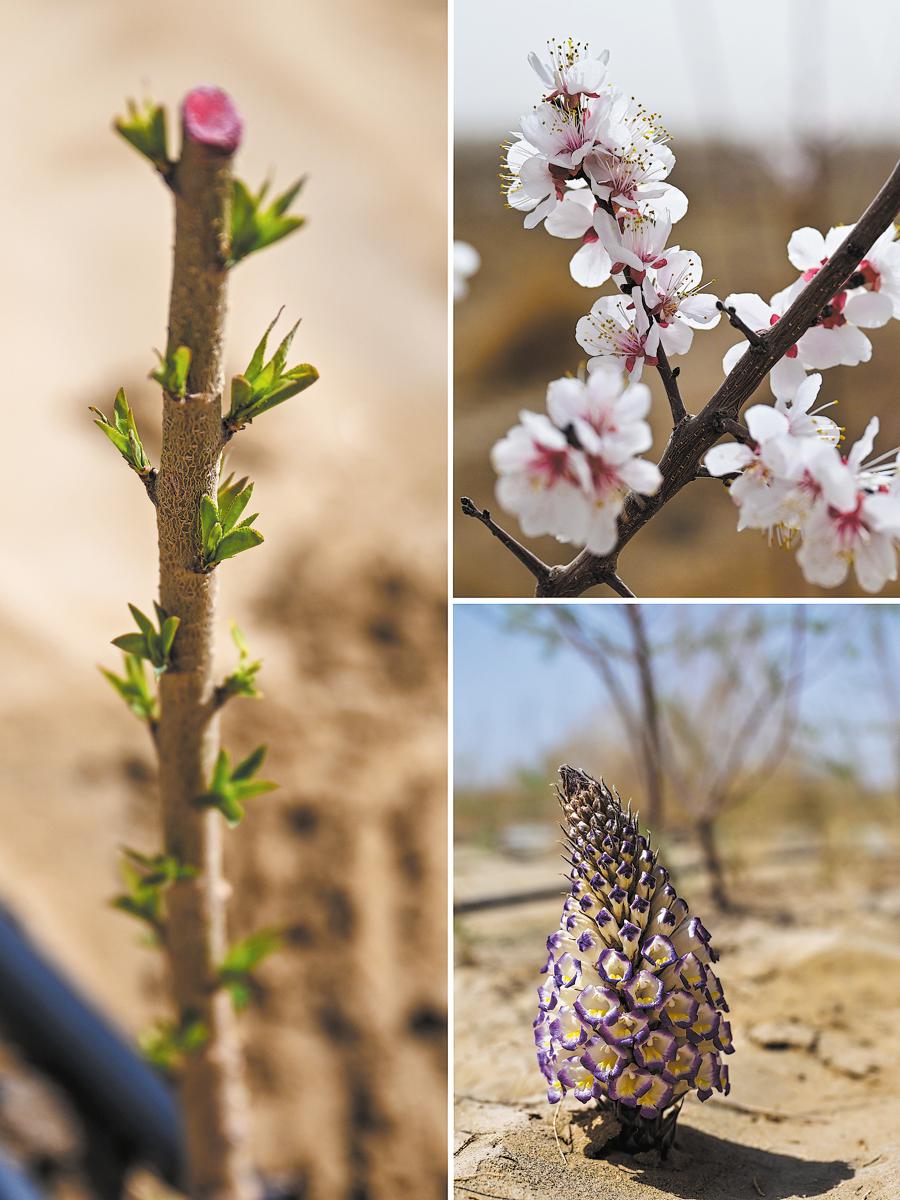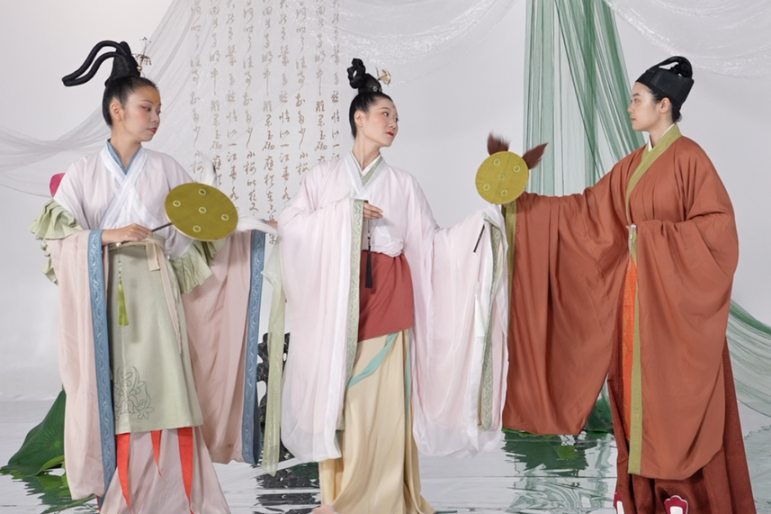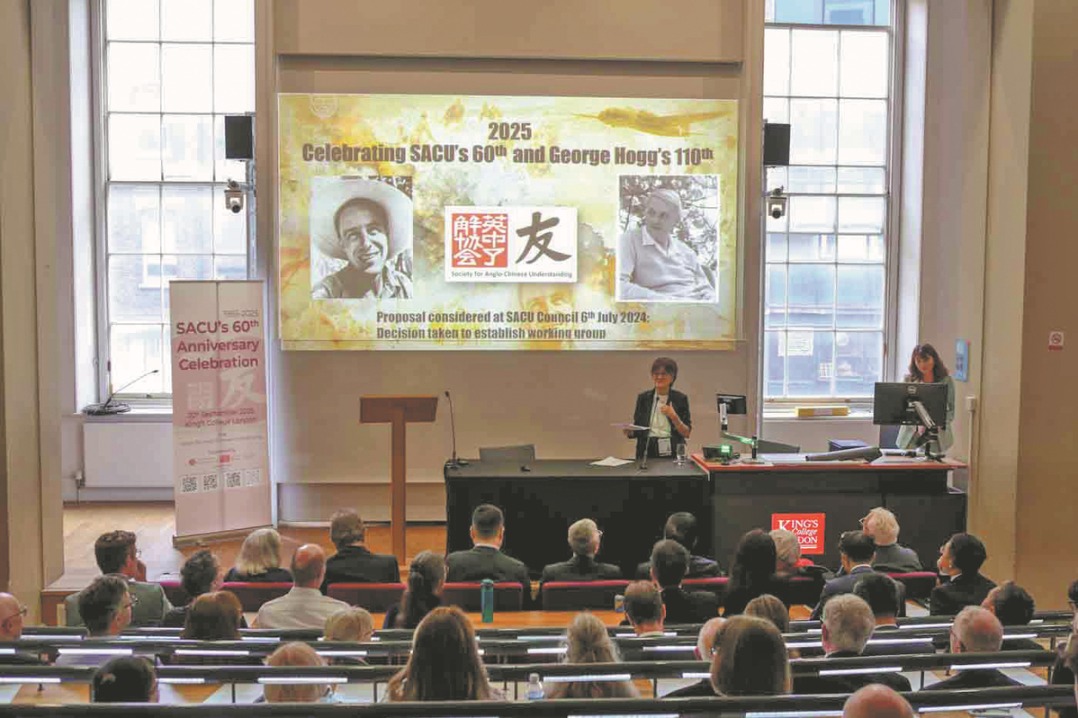Putting a stop to shifting sands
Long-running shelterbelt forest program ring-fences deserts in country's north, as Zhang Xiao reports

Editor's note: This year marks the 20th anniversary of President Xi Jinping's proposal of the concept that "lucid waters and lush mountains are invaluable assets". To mark the occasion, China Daily is publishing a series of stories on how resources such as mountains, rivers, lakes, forests and farms are being transformed into priceless gifts.

With the planting of the final rose seedling in the Xinjiang Uygur autonomous region's Hotan prefecture on Nov 28 last year, the final link in a 3,046-kilometer chain was put in place, creating a green belt completely encircling 340,000 square km of China's Taklimakan Desert.
What is now the world's longest ecological safety barrier around a desert stretches for a length that roughly equals the straight-line distance from Shanghai to Urumqi.
The natural conditions in Hotan are well-suited to growing roses, with the history of their cultivation spanning over 2,000 years.
Initially, local people planted roses in their courtyards to make jam and tea. These varieties have excellent drought and salt-alkali resistance. As the needs of sand prevention grew alongside industrial development, roses became large-scale crops that prevented wind erosion, served as economic crops, and supported industrial development.
Roses have extensive lateral root systems that branch and sprout extremely quickly. A single plant can form a 2 to 3 meter wide flower ridge within the same number of years. The dense foliage of clustered roses effectively reduces wind speed, fixing sand dunes and preventing soil erosion. The local varieties are recognized worldwide for their high oil yield and superior fragrance profile, producing world-class quality rose products.
Rukiyam Ujabulla, a rose grower in Hotan prefecture's Yutian county, returned to her hometown after graduating with a physics degree. She put her teaching aspirations on hold to help her father and uncle manage the family's rose business.
"At first, we only made rose jam, but later we learned roses can be used for skin care products, wine and even nutritional meals," she said.
























